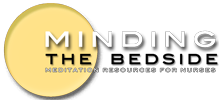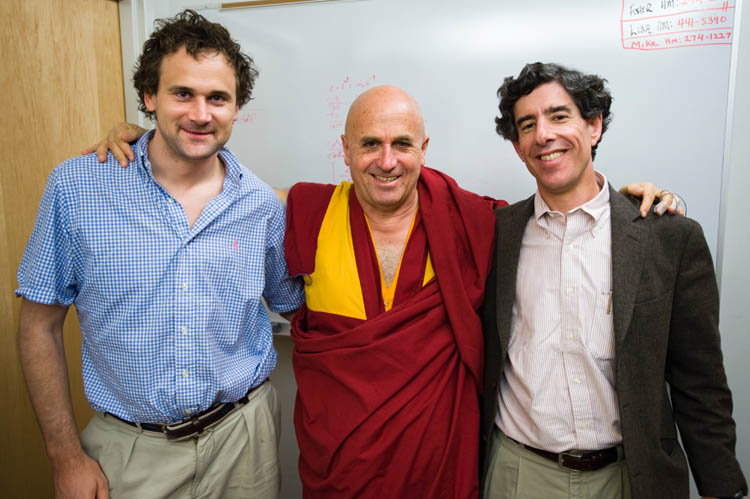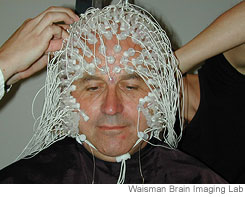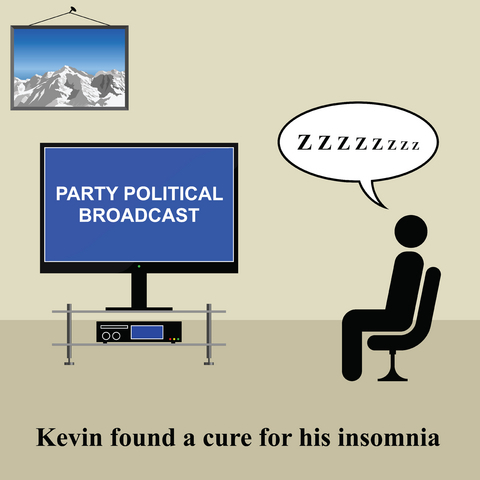Meditation Can Decrease Healthcare Costs!
While I’ve written a lot about the science of how meditation can help to alleviate severity of illness, decrease symptoms such as pain and depression, and promote immune function, I haven’t spent a lot of time addressing how meditation can help to impact healthcare in general.
The cost of healthcare is spiraling with most interventions focused on making cuts in provider reimbursement, heavier patient loads on nurses, and more responsibility for administrators. We’re missing the fact that training our patients how to help themselves may be one of the most effective methods for containing costs.
My most recent search in PubMed for articles on meditation and/or mindfulness resulted is over 4600 articles on the subject! We know it’s working, so why aren’t we teaching our patients more about how to use these methods to improve their health and decrease their visits to doctors’ offices and hospitals?
With this in mind, I’d like to share the following article, published in 2011, in the American Journal of Health Promotion. While the study was designed with the TM method of meditation, the implications of it, as well as the lateral application to other modes of contemplation, meditation, and mindfulness are obvious.
Have a look at the following abstract:
Herron, RE, PhD. The Science Of Health Promotion: Changes in Physician Costs Among High-Cost Transcendental Meditation Practitioners Compared With High-Cost Nonpractitioners Over 5 Years. American Journal of Health Promotion: September/October 2011, Vol. 26, No. 1, pp. 56-60.
Abstract Purpose. To determine whether the Transcendental Meditation (TM) technique can affect the physician costs of consistently high-cost people.
Design. Quasi-experimental, longitudinal, cost-minimization evaluation. This 14-year, preintervention-postintervention study retrospectively assessed government payments to physicians for treating the TM and no-treatment (NT) groups.
Setting. Province of Quebec, Canada.
Participants. The highest-spending 10% of 1418 Quebec health insurance enrollees who practiced the TM technique were compared with the highest 10% of 1418 subjects who were randomly selected from enrollees of the same age, sex, and region. TM participants had chosen to begin the technique prior to choosing to enter the study.
Measures. Annual payments to private physicians in all treatment settings. The Quebec government health insurance agency provided the total physician payments for each of the 2836 subjects from 1981 to 1994. Other medical expense data for individuals were unavailable. Data were adjusted for medical cost inflation.
Analysis. For each subject, least-squares regression slopes were calculated to estimate pre-intervention and post-intervention annual rates of change in payments. The groups’ means, slopes, and medians were compared using both parametric and nonparametric tests.
Results. Before starting meditation, the yearly rate of increase in payments to physicians between groups was not significantly different. After commencing meditation, the TM group’s mean payments declined $44.93 annually (p = .004), whereas the NT comparison group’s payments exhibited non-significant changes. After 1 year, the TM group decreased 11%, and after 5 years their cumulative reduction was 28% (p = .001).
Conclusions. The results suggest the intervention may be an effective method for reducing physician costs. Randomized studies are recommended.
That the study concludes by suggesting that “the intervention may be an effective method for reducing physician costs” says a lot. But, when we look at a study like the one that was published in the Journal of Neuroscience and that was highlighted on this site, Meditation is More Powerful than Morphine!, it seems obvious that meditation can and may already be reducing the costs of healthcare.
Let Me Help You to Commit to Your Meditation Practice
Many people don’t meditate because they believe that they need to do “something special” in order to meditate, maybe you’re one of them. “Doing something” special isn’t the case. All you need is your breath, and a few minutes of time set aside to begin your practice.
Here are some tools to get you started:
- Meditation audio for using your breath as the anchor of your attention during meditation.
- Ebook and two chapters from the book, Minding the Bedside: Nursing from the Heart of the Awakened Mind, on how to meditate.
- Here’s a pitch for my book, Minding the Bedside: Nursing from the Heart of the Awakened Mind. You can even buy it in a Kindle version! Why buy it? Because I really did write it for you. Because it’s a meditation book written just for nurses (although others who are not nurses have bought the book and raved about it!). And, because it has EVERYTHING that you need to learn how to meditate and to use your practice at the bedside.
I encourage you to look through the HUNDREDS of articles that I’ve written and especially check out my weekly meditation tips and other useful meditation materials provided for your health and well being. And please let me know if you’d like to discuss anything with me, have any questions or need clarification regarding anything that I’ve written about.






Leave A Comment